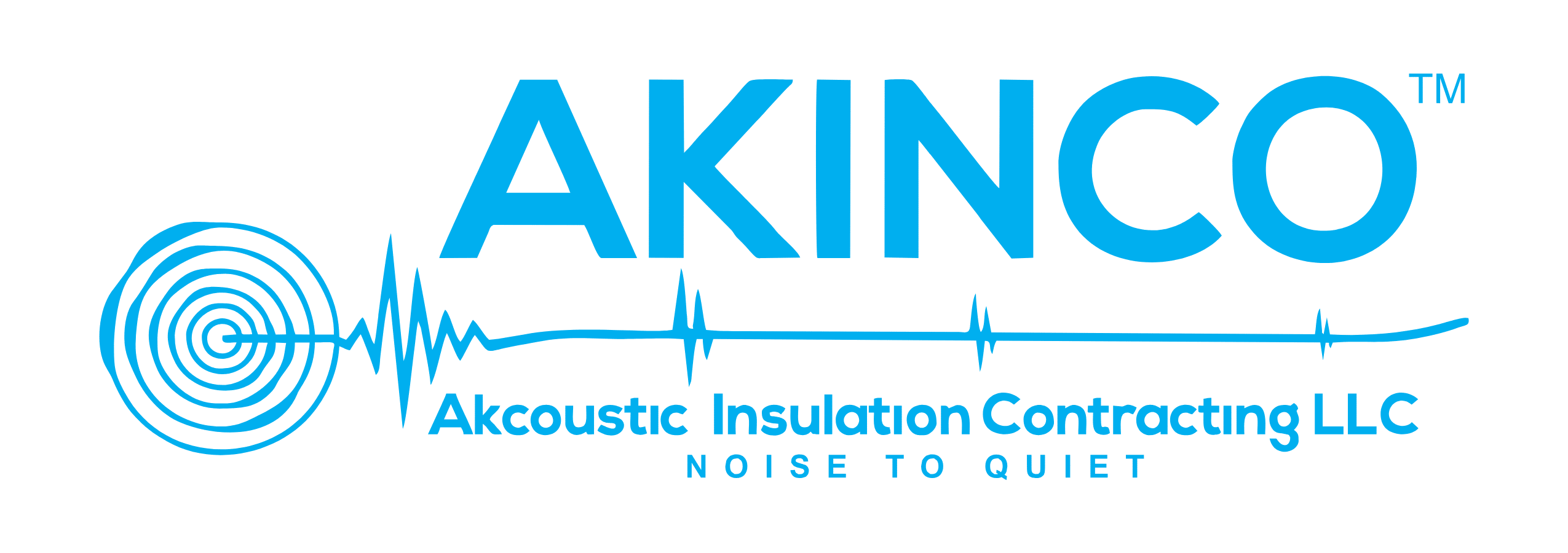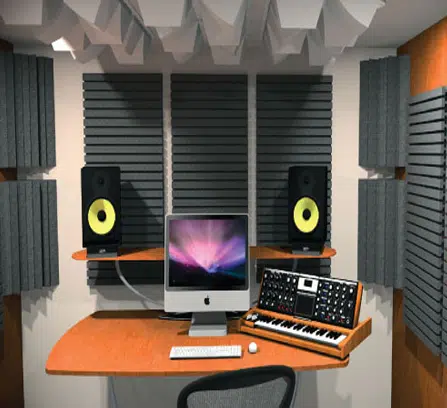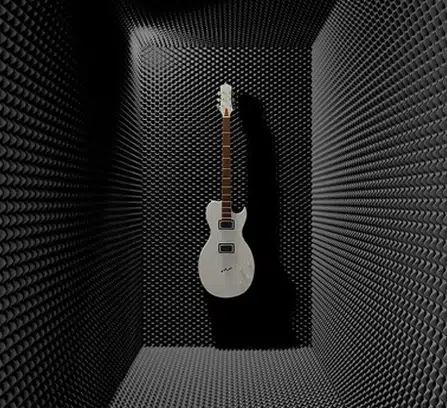Acoustic Foam Panels
Acoustic foam is a lightweight material made from polyurethane foam either polyether or polyester. It is usually cut into tiles – often with pyramid or wedge shapes – which are suited to placing on the walls of a recording studio to act as a sound absorber and it reduces or eliminates echoes,background noises by controlling the reverberation,thus enhancing the sound quality within a room.
Acoustic Foam Panels
Acoustic foam is a lightweight material made from polyurethane foam either polyether or polyester. It is usually cut into tiles – often with pyramid or wedge shapes – which are suited to placing on the walls of a recording studio to act as a sound absorber and it reduces or eliminates echoes,background noises by controlling the reverberation,thus enhancing the sound quality within a room.
Acoustic Foam Panels
Acoustic foam is a lightweight material made from polyurethane foam either polyether or polyester. It is usually cut into tiles – often with pyramid or wedge shapes – which are suited to placing on the walls of a recording studio to act as a sound absorber and it reduces or eliminates echoes,background noises by controlling the reverberation,thus enhancing the sound quality within a room.
Acoustic Foam Panels
Acoustic foam is a lightweight material made from polyurethane foam either polyether or polyester. It is usually cut into tiles – often with pyramid or wedge shapes – which are suited to placing on the walls of a recording studio to act as a sound absorber and it reduces or eliminates echoes,background noises by controlling the reverberation,thus enhancing the sound quality within a room.
Description
Acoustic Foam Panels
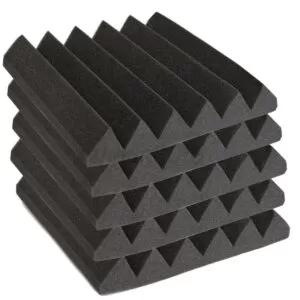
Acoustic foam, commonly referred to as sound-absorbing foam or soundproof foam, is available in many different colors, surface patterns, thickness and NRC (noise reduction coefficient) ratings. They can be in the form of wall panels, ceiling panels and ceiling clouds, ceiling tiles for glue on applications, or fitting in a T-grid.
Melamine foam meets all Class A fire ratings, and can be used in applications such as in factories, recording and broadcast studios, auditoriums, churches, classrooms and many other facilities to correct a sound or noise problem.
Note that the thicker panels will perform better with low base frequencies like drums, machinery, barking dogs, etc…while thinner panels work just fine for human voice.
Pyramid

Egg crate
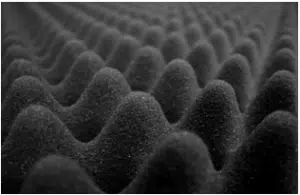
The panels are available in 2″, 3″ and 4″ thicknesses. Thicker panels are used to attack lower frequency noise.
Features
- Recycled Materials
- Class A – Non-Flammable (Per ASTM E-84)
- Lightweight
- Easy to Install (adhesively applied)
- Impact Resistant
- Durable
- Low Cost
- Fiberglass Free
- No Formaldehyde – No VOC’S
- Hi-Performance Acoustical Absorption
Performance
| Sound Absorption Coefficient | |||||||
|---|---|---|---|---|---|---|---|
| As per ASTM C423-90a | |||||||
| 125Hz | 250Hz | 500Hz | 1KHz | 2KHz | 4KHz | NRC | |
| 2″ | 0.07 | 0.25 | 0.60 | 0.94 | 0.97 | 1.08 | 0.70 |
| 3″ | 0.18 | 0.44 | 0.96 | 1.14 | 1.18 | 1.19 | 0.95 |
| 4″ | 0.16 | 0.62 | 1.10 | 1.20 | 1.21 | 1.22 | 1.05 |
ARCHITECTURAL ACOUSTICS
- Acoustic Underlay
- Acoustic Fabric Panels
- Acoustic ceiling Baffles/ Clouds
- Acoustic Stretch fabric Wall System
- Wooden Acoustic Panels
- Wood wool Acoustic Panels
- Box in Box Constructions/
- Acoustic Walls & Ceiling
- Acoustic Doors
- Acoustic Partitions
- Floating Floors
- Acoustic Ceiling Tiles
- Anti-shock padding
- Base Traps & Sub woofer Isolators
- Acoustic Foam Panels
- Polyester Acoustic Panels
- Aluminum Tubular Ceilings

